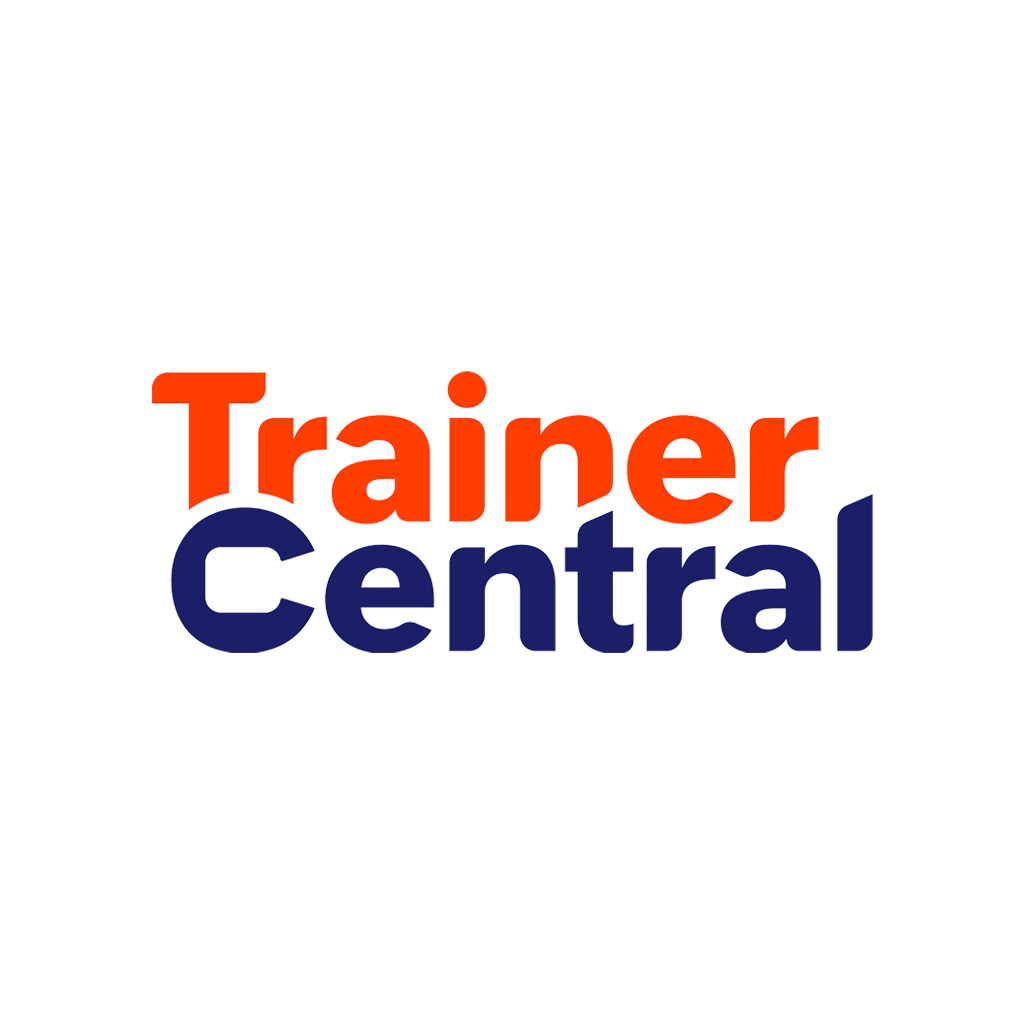Edtech Startups
Discover the transformative realm of EdTech startups reshaping education in India. From innovative learning apps offering personalized courses and competitive exam preparation to platforms providing a diverse array of free and paid online courses, these startups are revolutionizing the educational landscape.
Dive into the dynamic world of virtual classrooms, cutting-edge teaching methodologies, and accessible learning programs designed to cater to a broad spectrum of academic needs. Explore how these startups are leveraging technology to make quality education more engaging, accessible, and impactful.
According to Statista estimates, the present market valuation of the Indian Edtech Industry is US$2.8 billion and is expected to reach US$10.4 billion by 2025.





















